Role Saxophone player Name James Moody | Labels PrestigeNovus Years active 1947–2010 | |
 | ||
Occupation(s) Saxophonist, flutist, composer Associated acts Dizzy Gillespie, Kenny Barron, Jon Faddis, Eddie Jefferson, Johnny Coles, Todd Coolman, Rufus Reid, Gil Fuller, Milt Jackson Albums | ||
rap is crap says james moody saxophonist
James Moody (March 26, 1925 – December 9, 2010) was an American jazz saxophone and flute player and very occasional vocalist, playing predominantly in the bebop and hard bop styles.
Contents
- rap is crap says james moody saxophonist
- James moody first thing in the morning hq
- Early life
- Career
- Awards and honors
- Personal life
- Death
- As leader
- As sideman
- References
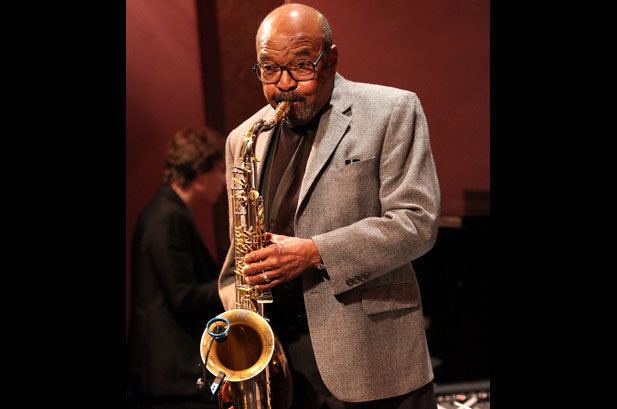
Moody had an unexpected hit with "Moody's Mood for Love," a 1952 song written by Eddie Jefferson that used as its melody an improvised solo that Moody had played on a 1949 recording of "I'm in the Mood for Love." Moody adopted the song as his own, recording it with Jefferson on his 1956 album Moody's Mood for Love and performing the song regularly in concert, often singing the vocals himself.
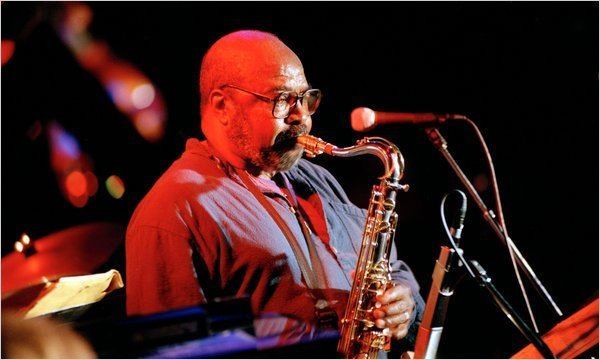
James moody first thing in the morning hq
Early life
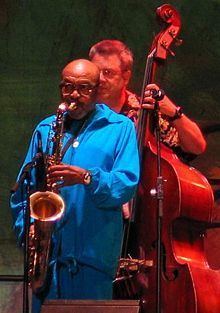
James Moody was born in Savannah, Georgia, and was raised by his (single) mother, Ruby Hann Moody Watters. He had a brother, Louis. Growing up in Newark, New Jersey, he was attracted to the saxophone after hearing George Holmes Tate, Don Byas, and various saxophonists who played with Count Basie, and later also took up the flute.
Career

Moody joined the US Army Air Corps in 1943 and played in the "negro band" on the segregated base. Following his discharge from the military in 1946 he played bebop with Dizzy Gillespie for two years. Moody later played with Gillespie in 1964, where his colleagues in the Gillespie group, pianist Kenny Barron and guitarist Les Spann, would be musical collaborators in the coming decades.
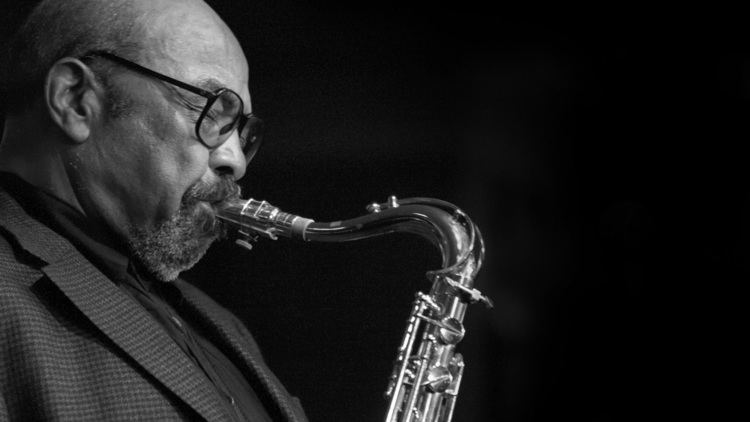
In 1948 he recorded his first session for Blue Note Records, the first in a long recording career playing both saxophone and flute. That same year he relocated to Europe, where he stayed for three years, saying he had been "scarred by racism" in the U.S. His European work, including the first recording of "Moody's Mood for Love", which became a hit in 1952, saw him add the alto saxophone to his repertoire and helped to establish him as recording artist in his own right, and formed part of the growth of European jazz. Then in 1952, he returned to the U.S. to a recording career with Prestige Records and others, playing flute and saxophone in bands that included musicians such as Pee Wee Moore and others. In the 1960s, he rejoined Dizzy Gillespie. He later worked also with Mike Longo.
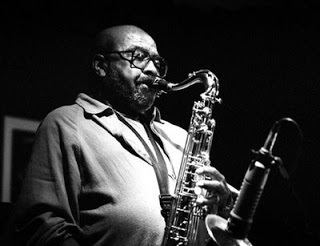
In a 1998 interview with Bob Bernotas, Moody stated that he believed jazz has definite spiritual resonance.

The James Moody Quartet (with pianist Renee Rosnes, bassist Todd Coolman, and drummer Adam Nussbaum) was Moody's vehicle later in his career. Moody played regularly with Dizzy Gillespie Alumni All-Stars and the Dizzy Gillespie Alumni All-Stars Big Band and also often collaborated with former Gillespie alumnus, the trumpeter-composer-conductor Jon Faddis; Faddis and Moody worked in 2007 with the WDR Big Band in Cologne, Germany under the direction of Michael Abene. And along with Faddis, toured in 1986 with the Philip Morris Superband hosting artists like Hammond organist Jimmy Smith, Kenny Burrell, Grady Tate and Barbara Morrison. Included in this line-up were Niels-Henning Orsted Pedersen, Jimmy Heath, Kenny Washington, Slide Hampton and Monty Alexander on a four-country, 14-city one-month tour of 18 concerts, notably in Australia, Canada, Japan and the Philippines, starting on September 3, 1986, with its first concert in Perth, Australia. The Philip Morris Superband concept started a year previous in 1985.
Awards and honors

Two months after his death, Moody won the Grammy Award posthumously for Best Jazz Instrumental Album for his album Moody 4B.
The New Jersey Performing Arts Center hosts the James Moody Democracy of Jazz Festival.
Personal life
Moody was married three times; the first two ended in divorce. His third marriage was to the former Linda Petersen McGowan, whom he married in 1989. He had a daughter, Michelle Moody Bagdanove, and through Linda, three step-sons, Regan, Danny and Patrick McGowan. Moody and his wife resided in San Diego.
He was an active member of the Bahá'í Faith. In 2005, the Moodys established the Moody Scholarship Fund at the Conservatory of Music at Purchase College-State University of New York (SUNY Purchase). Moody was awarded an NEA Jazz Masters Fellowship in 1998 and often participated in educational programming and outreach, including with the International Association for Jazz Education, or IAJE.
Moody was fluent in Italian.
Death
On November 2, 2010, Moody's wife announced on his behalf that he had pancreatic cancer, and had chosen not to have it treated aggressively. After palliative care, Moody died in San Diego, on December 9, 2010, from complications resulting from pancreatic cancer.
As leader
As sideman
With Art Farmer
With Gil Fuller
With Dizzy Gillespie
With The Dizzy Gillespie Alumni All-Stars
With Dexter Gordon
With Milt Jackson
With Elvin Jones
With Charles Mingus
With Max Roach
With Lalo Schifrin
With Bobby Timmons
With Cedar Walton
With Tubby Hayes
With Roberta Gambarini
